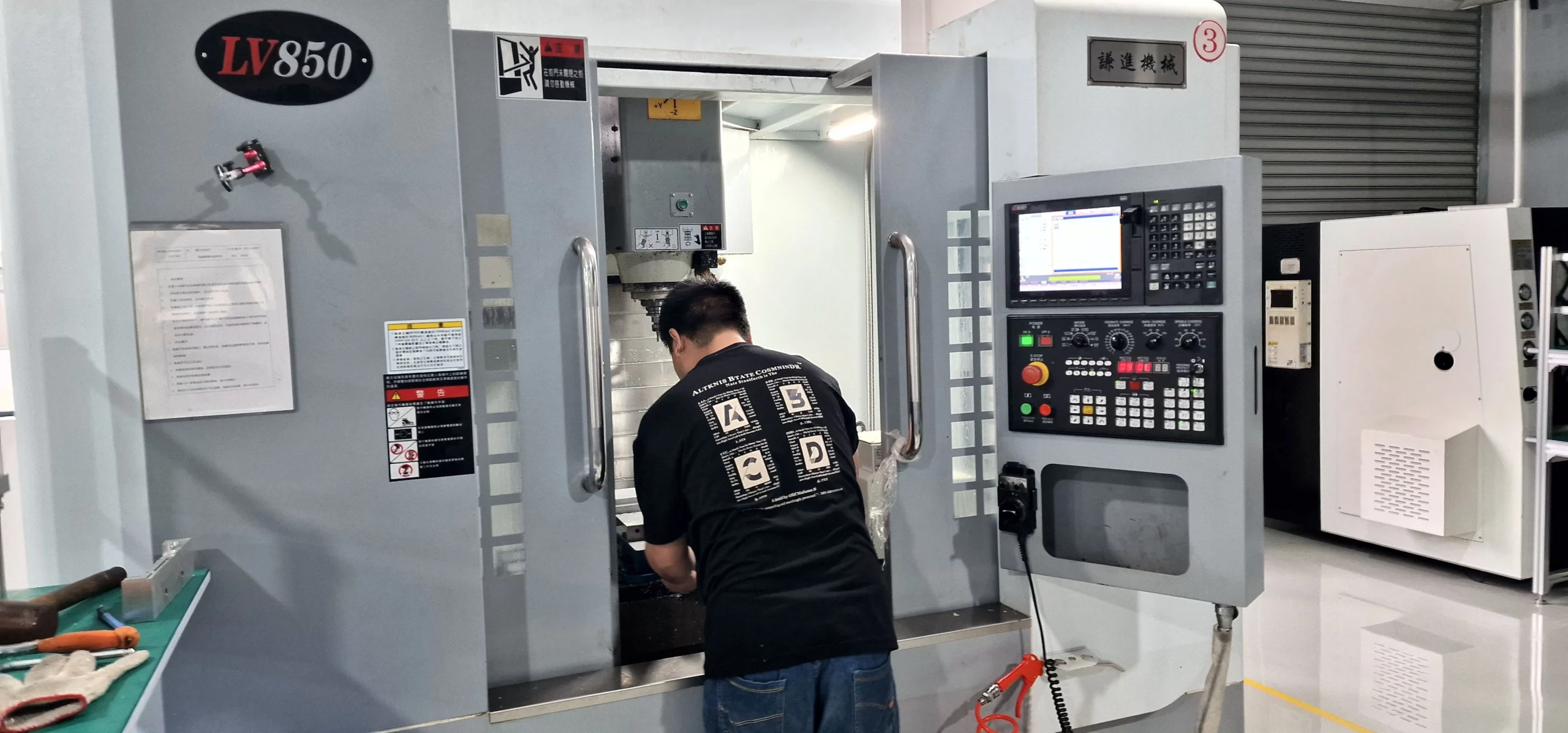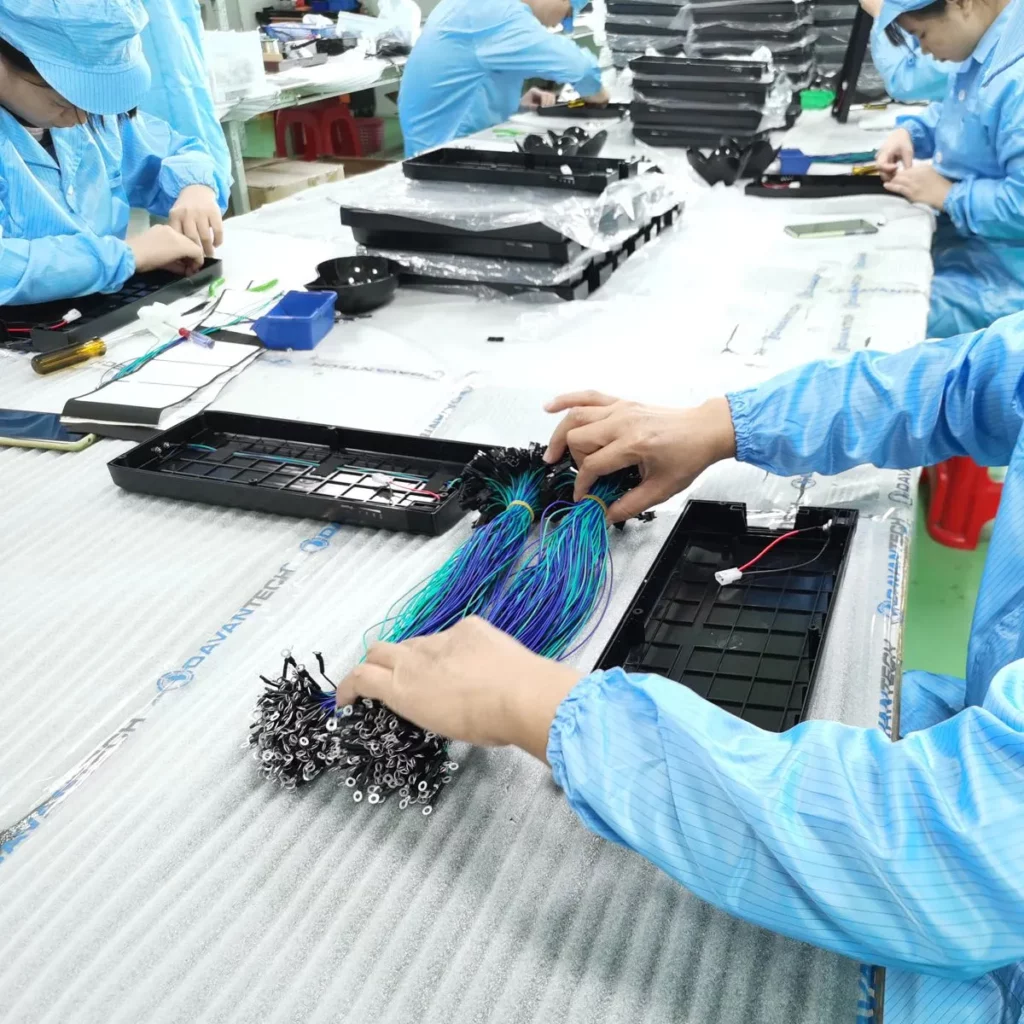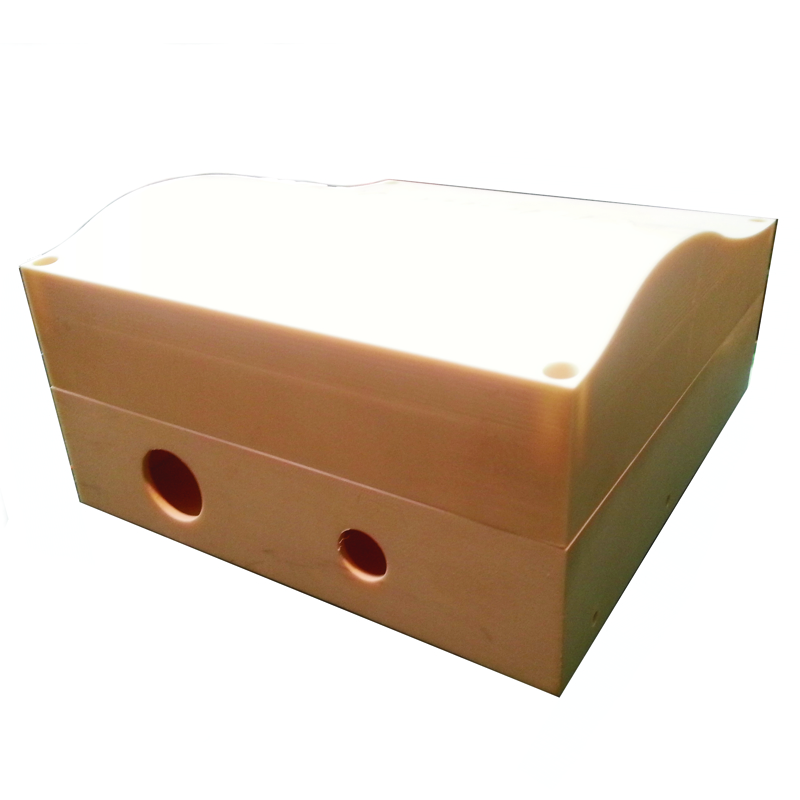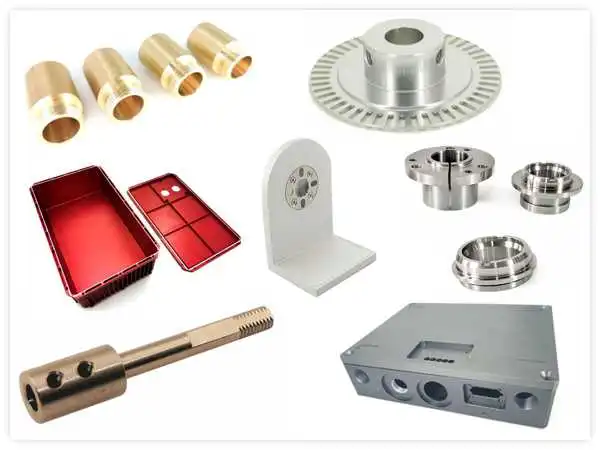Despite CNC machining is a very frequent manufacturing process, there are still occuring problems due to human error. Here are 5 common CNC machining mistakes you should avoid for optimal manufacturing.
- Incorrect Tool Selection: Choosing wrong tool results in poor accuracy and surface finish.
- Improper Feeds and Speeds: Incorrect settings lead to tool breakage and inefficient machining.
- Neglecting Workpiece Fixturing: Inadequate fixation causes misalignment and ruined parts.
- Ignoring Toolpath Optimization: Inefficient paths waste time and wear out tools quickly.
- Lack of Operator Skill: Improper programming and setup lead to costly errors.
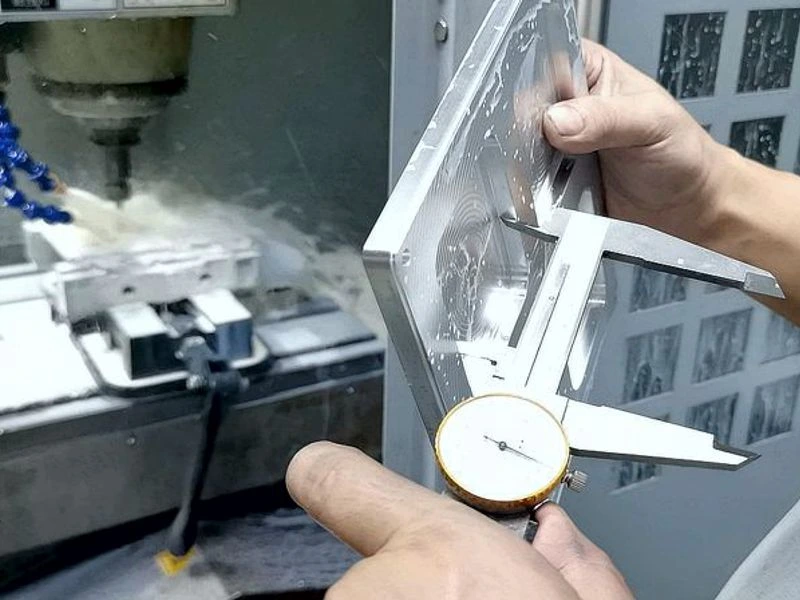
CNC machining, a versatile manufacturing process, involves precision and expertise. Even minor mistakes can lead to significant consequences, affecting product quality, efficiency, and cost-effectiveness. Let’s delve into five common errors that can occur during CNC machining and explore their impact.
The 5 Common CNC Machining Mistakes Explained
-
Incorrect Tool Selection:
The heart of CNC machining lies in the tools employed. Opting for the wrong tool, whether due to size, material compatibility, or design, can result in compromised precision, poor surface finish, and increased wear and tear. Such errors can lead to excessive rework, wasted time, and increased tool replacement costs.
-
Improper Feeds and Speeds:
The delicate balance between feed rates and spindle speeds determines the efficiency and quality of machining. Setting them too high can cause tool breakage, wear, and heat buildup, while setting them too low can lead to slow production and inefficient material removal. Neglecting to optimize feeds and speeds according to the material being machined can result in reduced tool life and suboptimal part quality.
-
Neglecting Workpiece Fixturing:
Securing the workpiece firmly is crucial for accurate and repeatable machining. Inadequate fixturing can lead to misalignment, vibrations, and movement during cutting, resulting in skewed features, incorrect dimensions, and even scrapped parts. Neglecting proper workpiece fixation jeopardizes the entire machining process and can lead to wasted materials and resources. It is important to avoid this common CNC machining mistake for optimal manufacturing.
-
Ignoring Toolpath Optimization:
The toolpath dictates the movement of the cutting tool during machining. Neglecting to optimize the toolpath can result in inefficient material removal, excessive tool engagement, and unnecessary tool wear. Inefficient toolpaths can also lead to longer machining times, increased energy consumption, and reduced overall productivity. Proper toolpath optimization, on the other hand, can significantly improve efficiency, reduce cycle times, and extend tool life.
-
Lack of Operator Skill:
The human element plays a crucial role in CNC machining. Inadequate operator training, programming errors, and oversight during setup can lead to disastrous outcomes. Incorrect input of tool offsets, workpiece coordinates, or machining sequences can result in catastrophic collisions, damaged equipment, and unsafe working conditions. Skilled operators who understand the intricacies of CNC machining are essential to preventing costly mistakes and ensuring the smooth operation of the process.
In conclusion, cnc milling demands meticulous attention to detail and a comprehensive understanding of the various factors that contribute to successful manufacturing. Mistakes in tool selection, feeds and speeds, workpiece fixturing, toolpath optimization, and operator skill can have far-reaching consequences, impacting product quality, production efficiency, and operational costs. By addressing these Here are 5 common CNC machining mistakes you should avoid for optimal manufacturing and implementing best practices, manufacturers can enhance their CNC machining processes, achieve higher precision, and optimize overall productivity.
